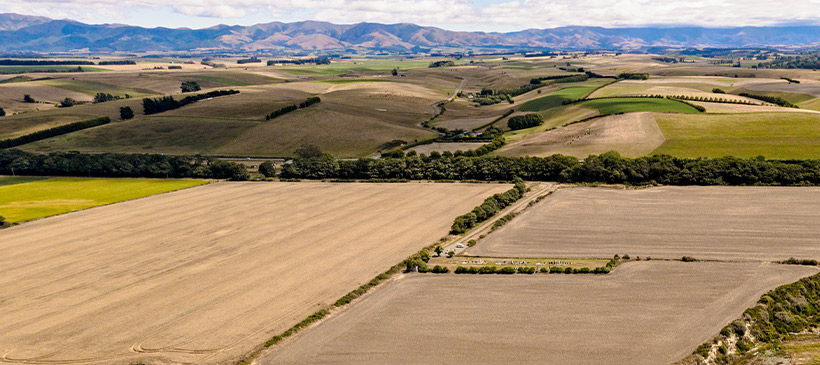Freshwater Farm Plans
A Freshwater Farm Plan (FW-FP) is a new tool introduced in the Government’s Essential Freshwater package, which can operate as alternative to requiring resource consent.
Under current plans, Freshwater Farm Plans won't be rolled out in Canterbury until around 2025, so no action is needed yet.
What is a Freshwater Farm Plan?
FWFPs are a tool designed to stop further decline in freshwater quality, make water quality improvements within five years, and begin to reverse past damage to our waterways. They will identify practical on-farm actions to help improve local waterways. These will depend on the farm’s location, catchment and local environment, and will provide a more flexible alternative to consents and one-size-fits-all approaches.
In time, Freshwater Farm Plans are expected to become the central tool for farmers to manage all freshwater requirements.
All farms with 20 hectares or more in arable, pastoral or combined use, or five hectares or more in horticultural use will require an FWFP. All FWFPs will need to be certified and audited.

Freshwater Farm Plans and Farm Environment Plans
Canterbury farms that don’t meet Permitted Activity rules are already required to have a Farm Environment Plan (FEP). However, FWFPs will be required for all farms with more than 20 hectares in arable or pastoral use or five hectares in horticultural use. This means many more farms than currently have FEPs will need an FWFP.
Unlike FEPs, FWFPs will need to be linked to the specific freshwater objectives for their catchment, described in a catchment context, challenges and values. Until FWFPs are rolled out in Canterbury, it is important that farmers with FEPs continue to follow that plan and focus on their next audit.
We’re currently working on plans to ensure the shift from FEPs to FWFPs is as smooth as possible, and we’ll be sharing more information on this page as soon as we can.
What will I need to include in my Freshwater Farm Plan?
Your FW-FP will need to include information on:
- your catchment – including values, ecosystem and community outcomes.
- risk identification and impact assessment – including the identification of critical source areas, plans for the management of fodder crops and wetlands
- actions to mitigate risks – including plans to strategically fence waterways, restore wetlands, and intensive winter grazing plans
- how you will meet regulatory requirements, including the synthetic nitrogen cap, intensive winter grazing rules, stock holding, wetland and stock exclusion rules.
We will provide a "catchment context, challenges and values" to support you to prepare your FWFP. This will contain the relevant material and data we have about your catchment to help you design your plan around the information above.
What do I need to do now?
Right now, you don’t need to take any action. Freshwater Farm Plans are being rolled out in Waikato and Southland first. Canterbury farmers won’t need one until 2025.
However, you may already need to have a lot of the information outlined above as part of your Farm Environment Plan, winter grazing management plan or other documentation.
While FWFPs may still be some time away, it’s never too early to plan how you will manage risk and meet regulations on your farm.
If you have any further questions about FWFPs, talk to your industry contacts or your local land management advisor.
Get in touch
If you have any questions about how we're preparing to roll out Freshwater Farm Plans in Canterbury, email our team at fwfp@ecan.govt.nz.
